Application of KDP Plate Heat Exchangers in the Pharmaceutical Industry
Application of KDP Plate Heat Exchangers in the Pharmaceutical Industry
Plate heat exchangers (PHEs) play a critical role in pharmaceutical processes, particularly in temperature control, sterilization, cooling, and CIP/SIP (Cleaning-in-Place/Sterilization-in-Place). Below is a detailed breakdown of their specific process applications in pharmaceutical manufacturing.
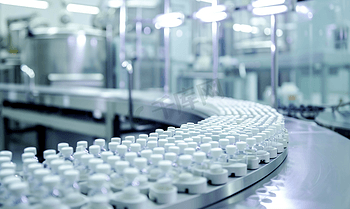
Water-for-Injection (WFI) and Purified Water (PW) Systems
Process Flow:
WFI must be circulated at ≥80°C (or ≥70°C) to prevent microbial growth.
PHEs use steam or hot water to maintain the required temperature.
Key Point: 316L stainless steel or titanium plates are preferred to resist chloride-induced corrosion (especially in high-temperature stainless steel WFI pipelines).
Some processes (e.g., solution preparation) require cooling to 25-40°C, achieved via chilled water or cooling water in PHEs.
Advantage: Compared to shell-and-tube heat exchangers, PHEs’ narrow flow channels (3-6mm) and high turbulence prevent biofilm formation, complying with GMP requirements.
Cooling process
Hydrogenated oil rapid cooling (from high temperature to below 50 ℃ to form β 'crystal form), cooling after fractional crystallization.
Fast and uniform cooling to prevent crystal coarsening.
Liquid Sterilization (UHT) & Cooling
Process Flow (e.g., IV fluids, biologics):
The liquid is preheated in the "preheating section" of the PHE using residual heat from sterilized liquid (energy-saving design).
The liquid enters the sterilization section, where it is heated to 121-140°C for 1-3 seconds (parameters vary by process) using steam or high-temperature water.
Key Point: PHEs’ high heat transfer efficiency prevents localized overheating, protecting heat-sensitive components (e.g., proteins, vaccines).
The sterilized liquid is immediately cooled to 25-40°C in the cooling section using chilled water or ice water, minimizing heat exposure.
Equipment Selection Criteria:
316L stainless steel (standard), titanium (for chloride/acidic solutions).
EPDM (resistant to steam sterilization) or FKM (fluorocarbon rubber for acids/organic solvents).
Multi-stage PHE (integrated preheating, sterilization, and cooling), reducing the need for intermediate tanks.
Temperature Control in Fermentation
Process Flow (e.g., antibiotics, vaccines):
Microbial metabolism generates heat, requiring cooling water circulation via PHEs for precise temperature regulation.
Double-wall plates prevent coolant leakage into the fermentation broth.
Surface polish (Ra ≤0.8μm) minimizes bacterial adhesion.
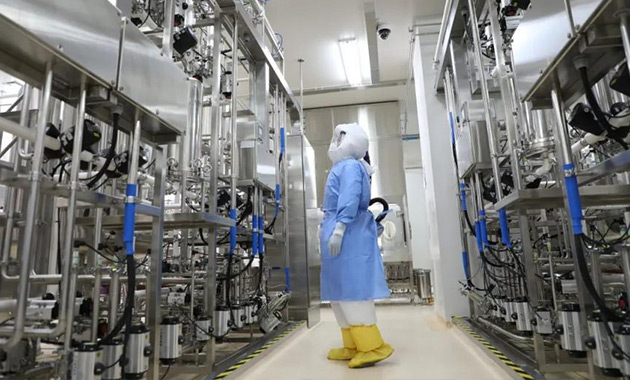
CIP (Cleaning-in-Place) & SIP (Sterilization-in-Place)
Process Flow:
PHE channels are cleaned with hot water (80-90°C) + NaOH/HNO₃ solutions.
Key Point: Plate design must be **dead-leg-free**, and gaskets must resist chemicals (e.g., EPDM or FKM).
Pure steam (121°C, 30 minutes) is used to sterilize the PHE.
Key Point: High-temperature-resistant gaskets (e.g., FKM) are essential to prevent degradation.
Special Designs:
Facilitate manual inspection.
Used for high-toxicity or sterile processes (e.g., monoclonal antibodies), though they sacrifice cleanability.
Solvent Recovery & Condensation
Process Flow (e.g., ethanol, acetone recovery):
Organic solvent vapors are cooled and condensed in PHEs.
Materials must resist solvent corrosion (e.g., nickel alloys or Hastelloy).
Gaskets: NBR (nitrile rubber) or PTFE (Teflon®).
Pre-Freezing in Lyophilization (Freeze-Drying)
Process Flow:
Solutions are pre-cooled to 2-8°C before lyophilization using glycol or chilled water in PHEs.
Key Point: Prevents protein denaturation caused by ice crystal formation; requires precise temperature control.
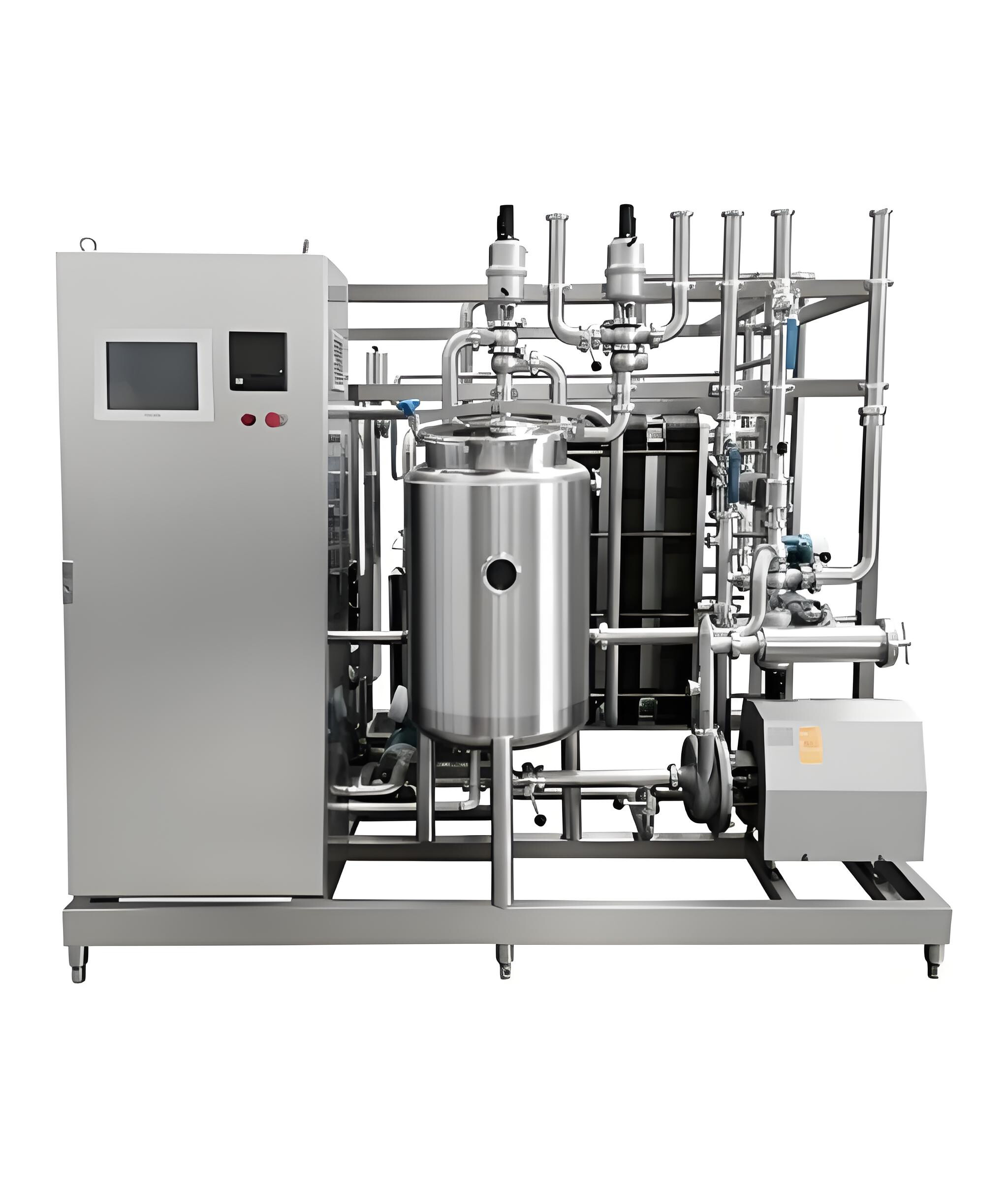
KDP's Key Advantages (vs. Other Heat Exchangers)
Typical Pharmaceutical Process Flow (UHT Sterilization Example)
Liquid Storage Tank → PHE (Preheat) → PHE (Sterilize) → Holding Tube (Dwell Time) → PHE (Cool) → Aseptic Filling
Note:
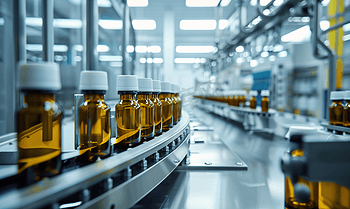
Conclusion
PHEs are the preferred choice for critical pharmaceutical processes (WFI, sterilization, fermentation, CIP/SIP) due to their efficiency, flexibility, and compliance. Proper selection (materials, gaskets, design) maximizes their benefits while meeting GMP/FDA requirements.
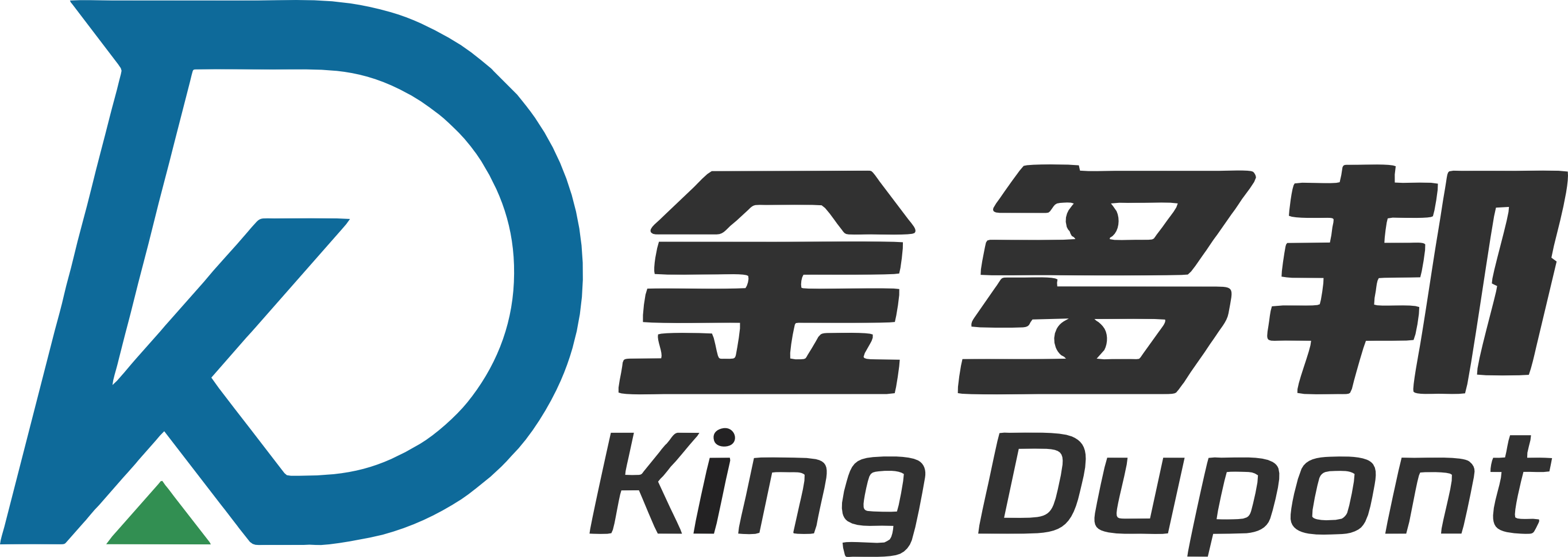
King DuPont, China famous brand of heat transfer and fluid handling supply platform.
Contact

Get Free Quotes
NEED TO CHAT?
We will get back to you within 24 hours of receiving the message.

